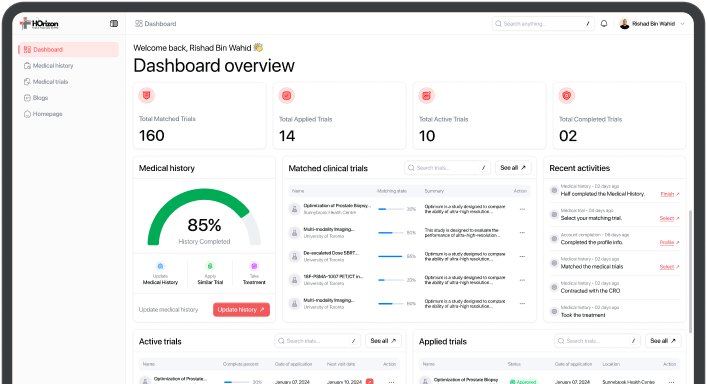
Prevention of Persistent Pain With LidocAine iNfusions in Breast Cancer Surgery (PLAN)
Contact information
James Khan
Foothills Medical Centre
Calgary, Alberta
Basic information
Age
1150 Enrollment
Breast Cancer Cancer
Trial Details
Brief Summary
Phase III, international multicentre, parallel group, blinded, 1:1 randomized controlled trial to determine the effect of an intraoperative intravenous lidocaine infusion on reducing the development of persistent pain 3-months after breast cancer surgery.
Official Title
Prevention of Persistent Pain With LidocAine iNfusions in Breast Cancer Surgery (PLAN)
Selection Criteria
Eligibility Inclusion Criteria
-
Age ≥18 years old
Undergoing a unilateral or bilateral lumpectomy or mastectomy, inclusive of all pathologies, including prophylactic surgery (e.g., family history or BRCA gene mutation)
Eligibility Exclusion Criteria
-
Previous breast surgery within 6 months of index surgery
Undergoing any autologous flap procedure during index surgery
Presence known chronic pain disorder involving surgical site or ipsilateral chest wall, shoulder, or arm during the 3-months prior to index surgery
Documented hypersensitivity or allergy to lidocaine
Surgery not planned to be performed under general anesthesia and/or planned use of regional or neuraxial anesthetic techniques before surgery (i.e., epidural, paravertebral, serratus plane block, pectoralis or modified pectoralis block)
History of ventricular tachycardia, ventricular fibrillation, or atrioventricular block without a pacemaker
Known cirrhotic liver disease
Pregnant
Unlikely to comply with follow-up (e.g. no fixed address, language difficulties that would impede valid completion of questionnaires, plans to move out of town)
